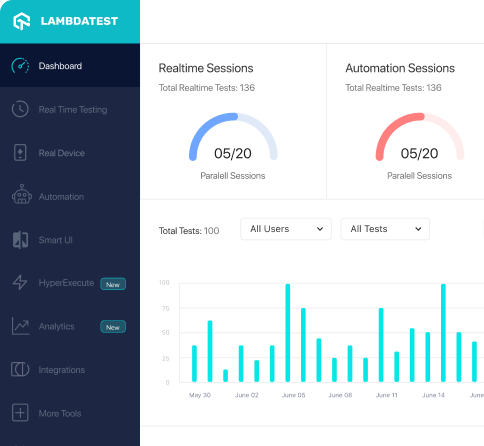Source:Is it safe to use Project Lombok?
String remoteCommandOutput = exec("ssh://user:pass@host/work/dir/path", "ls -t | head -n1");
String remoteShellOutput = shell("ssh://user:pass@host/work/dir/path", "ls");
shell("ssh://user:pass@host/work/dir/path", "ls", System.out);
shell("ssh://user:pass@host", System.in, System.out);
sftp("file:/C:/home/file.txt", "ssh://user:pass@host/home");
sftp("ssh://user:pass@host/home/file.txt", "file:/C:/home");





